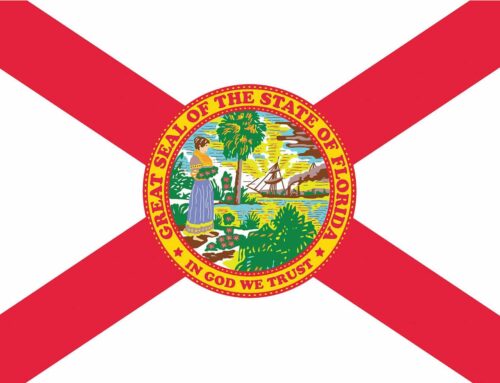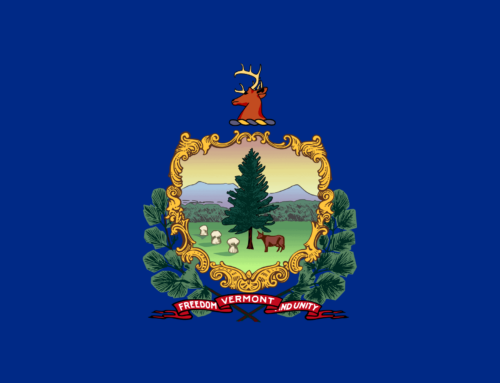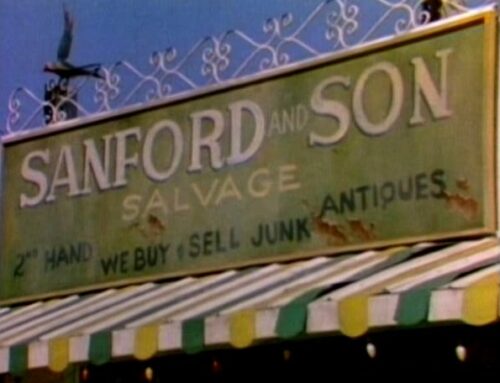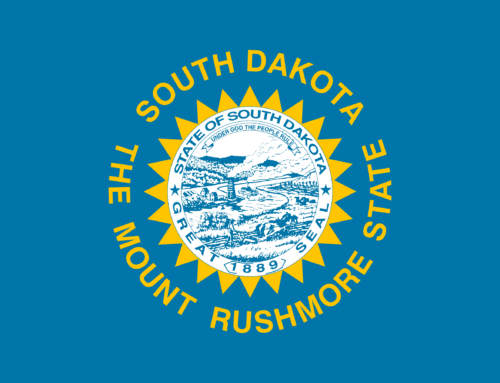Stacked vs. Unstacked in car insurance refers to how uninsured and under-insured motorist coverage (UM) is structured when you have more than one vehicle.
This will be important if you are ever in an accident with an uninsured or underinsured motorist.
What is Uninsured/Underinsured Motorist Insurance?
If you bought UM insurance as part of your car insurance policy (you should!), your UM coverage will cover your medical bills, as well as any loss of income due to your injury, and pain and suffering, up to the limits of your policy.
Your UM insurance comes into play once your initial Personal Injury Protection insurance is exhausted, and the other driver does not have any insurance, or does not have enough bodily injury liability coverage to make you financially whole.
Note that if the other driver has insurance, but only your state-mandated minimum liability coverage, that driver is under-insured, and you have a very similar problem. The other driver’s insurance will pay out, up to the pathetically low limits of their policy. Which is not nearly enough in the event of a serious accident with injuries.
In that event, your UM coverage will pick up where the other driver’s insurance leaves off.
When you stack UM coverage, it means you are combining your UM coverage across multiple policies.
How Stacked UM Insurance Coverage Works
Suppose you have two cars, and you have $100,000 in UM insurance coverage on Car #1, and $200,000 in UM insurance on car number 2,
You’re sitting at a red light in Car #1 and you get rear-ended by an uninsured driver, and you wind up with $250,000 in hospital bills, lost wages, and pain and suffering.
Normally, the other driver’s liability insurance would step in to pay your claim – up to the limits of their policy.
But that driver’s not insured. So there’s no ready cash available to pay your damages. So that’s a nonstarter.
If you don’t have stacked coverage, you would receive a maximum of $100,000, regardless of the size of the claim. The limits on both your policies are separate, and not combined. You’ve been paying for extra uninsured motorist coverage on Car #2.
But it doesn’t do you any good here.
But if you elected stacked UM coverage, it would be a different story.
With stacked UM insurance, you would have received all $250,000 in damages, minus your deductible.
You’d get get paid the first $100,000 – your policy limit – from your UM insurance on Car #1. And then once your UM coverage on your first policy is exhausted, your stacked UM insurance provision would kick in. The insurance company looks to your other insurance policies, and sees that since you elected stacked coverage, your other insurance policies are available to pay the additional amount. In this case, you’d get $150,000 from your insurance policy on Car #2.
It’s obvious that if you have multiple vehicles, electing to stack your uninsured/underinsured motorist coverage provides you much more potential protection than unstacked coverage in the event of an accident with an uninsured or underinsured driver.
You purchase one UM policy that has limits for a single car of $50,000 per person and $150,000 per accident. There are two cars on the policy.
If you are in a car crash with an underinsured or uninsured motorist, or in a hit and run accident, your available UM payment limits are “stacked” together so you now have available coverage of up to $100,000 per person and $300,000 per accident.
A “Stacked” policy means one where coverage is combined across multiple vehicles on the policy.
Some states require uninsured motorist (UIM) coverage to be stacked. Some states prohibit the practice. It can be confusing, so here’s a brief article explaining the difference between stacked and unstacked coverage when it comes to your car insurance.
Stacking allows you to combine UM and UIM coverage limits on multiple vehicles, thereby increasing your protection against accident-related expenses. Higher coverage limits mean you may have to pay less out of your own pocket toward a covered claim.
Disadvantages of Stacking
The downside of electing stacked UM coverage is you’ll pay a little bit more in premiums. That’s going to be especially true in areas where the insurance company knows there is a high percentage of uninsured drivers. But paradoxically, that’s where having that extra coverage will be the most valuable.
You or your insurance agent should compare the cost of stacking coverage against buying a larger amount of unstacked coverage on each car. Usually buying stacked coverage is easier. But occasionally there are anomalies in the insurance company pricing systems that make buying unstacked coverage cheaper than stacked. So have your agent run the quote both ways.
However, if you only have one car, there’s no advantage to paying more to stack your UM coverage. Because there’s nothing to stack!
I’ve Read Enough! Stack My Underinsured Motorist Coverage!
Two Approaches to Stacking
There are two basic types of stacking UM coverage in car insurance: Horizontal stacking and vertical stacking.
With horizontal stacking, – sometimes called interpolicy stacking, you are stacking coverage from multiple different policies on multiple vehicles. It’s always done under a single insurance company umbrella. If you try stack artificially, by filing claims for the same accident with two different insurance companies to get twi different payouts, you could expose yourself to insurance fraud charges.
With vertical stacking, or intra
Stacking Within One Policy
You can also stack coverage vertically – sometimes called intrapolicy stacking. This is just combining the coverage for multiple vehicles under the same insurance policy. This is usually the simpler and most cost-effective solution.
What States Allow Stacked UM Insurance?
The following states permit both horizontal and vertical stacking:
- Alabama
- Arkansas
- Colorado
- Florida
- Hawaii
- Indiana
- Kentucky
- Mississippi
- Missouri
- Montana
- Nevada
- New Hampshire
- New Mexico
- Ohio
- Pennsylvania
- Rhode Island
- South Carolina
- Vermont
- Virginia
- West Virginia
- Wisconsin
- Wyoming
The following states permit vertical stacking but not horizontal stacking.
- Delaware
- Georgia
- New Jersey
- New York
- North Carolina
- Oklahoma
- Oregon
- Tennessee
- Texas
- Utah
These states prohibit of auto insurance stacking of any kind.
- Alaska
- Arizona
- California
- Connecticut
- Idaho
- Illinois
- Iowa
- Kansas
- Louisiana
- Maine
- Maryland
- Massachusetts
- Michigan
- Minnesota
- Nebraska
- North Dakota
- South Dakota
- Washington
Should you buy stacked coverage?
It depends on how many vehicles you own and where you live. Stacked insurance costs a little more than unstacked insurance, but it could save you money in the event of an accident.
- You have more than one vehicle
- Your state allows limit stacking
- You live in an area with a lot of uninsured drivers
- Your insurance carrier allows stacking
If you just have one vehicle to insure, there’s no advantage in buying stacked UM insurance coverage.
What areas have a lot of uninsured drivers?
The more uninsured drivers you have sharing the road with you, the more likely your stacked uninsured motorist coverage is to pay benefits on any given claim.
Nationwide, an estimated 12.6% of drivers are uninsured, according to data from the Insurance Information Institute.
However, they aren’t evenly distributed across the country.Some areas have far more uninsured motorists per capita than others. For example, drivers in Mississippi are almost 10 times more likely to be uninsured (29.4%) as drivers in New Jersey (3.1%), according to III.org.
States with most per capita rates of uninsured drivers (2019)
| Rank | State | Percent uninsured |
| 1 | Mississippi | 29.4 |
| 2 | Michigan | 25.5 |
| 3 | Tennessee | 23.7 |
| 4 | New Mexico | 21.8 |
| 5 | Washington | 21.7 |
| 6 | Florida | 20.4 |
| 7 | Alabama | 19.5 |
| 8 | Arkansas | 19.3 |
| 9 | District of Columbia | 19.1 |
| 10 | California | 16.6 |
Furthermore, if you live in a state with very low minimum liability levels, very high insurance premiums, or both, your stacked UM is also more likely to pay a claim. That’s because there will likely be a high percentage of under-insured drivers in your area, as well, because people can’t afford to buy an adequate amount of liability insurance. They’ll just carry the state minimum, which is not enough to cover more than the most minor claims involving bodily injury.
Of course, your insurance company will take your location and the number of uninsured or underinsured motorists in your area into account when they set premiums.
Nevertheless, focusing too much on premium is not a good way to buy insurance. Instead, the smart thing to do is go focus on what policy you want to be in force when you have an accident involving injuries. That’s when your decision is critical.
What if My State Doesn’t Allow Stacked UM Insurance Coverage at All?
If stacked UM insurance coverage is not available in your state, you should consider just adding the amount of UM coverage you need on each of your vehicles separately. It might cost you a little more than stacking would. But the main thing with car insurance is this: Don’t take risks you can’t afford to lose.
If you would incur significant financial hardship in a collision with an uninsured or uninsured driver, then you should consider buying that extra UM insurance. Whether it’s stacked or unstacked.
Especially if you live or drive in an area with high rates of uninsured drivers, in lower-income areas, or areas where car insurance is expensive. Which usually mean a lot of people will just be driving around with the state minimum required liability insurance.
Get a Free, Independent Car Insurance Analysis and Quote!
Lots of people we talk to aren’t sure what kind of coverage they have against uninsured and underinsured motorists. If they have any at all!
If you’re insuring multiple vehicles, it’s a good idea to run a new quote every once in a while. To see if adding or dropping stacked coverage will improve your car insurance policy’s value and level of protection.
Chances are excellent we can improve your level of protection, save money, or both!
For a free, no-obligation, no hassle car insurance analysis and quote, from an independent broker who can shop across many different competing carriers in your state and is not captive to a single company, click here. Or call us at (855) 438-7353.
Click Here For Your Free Uninsured Driver Risk Analysis and Quote!






